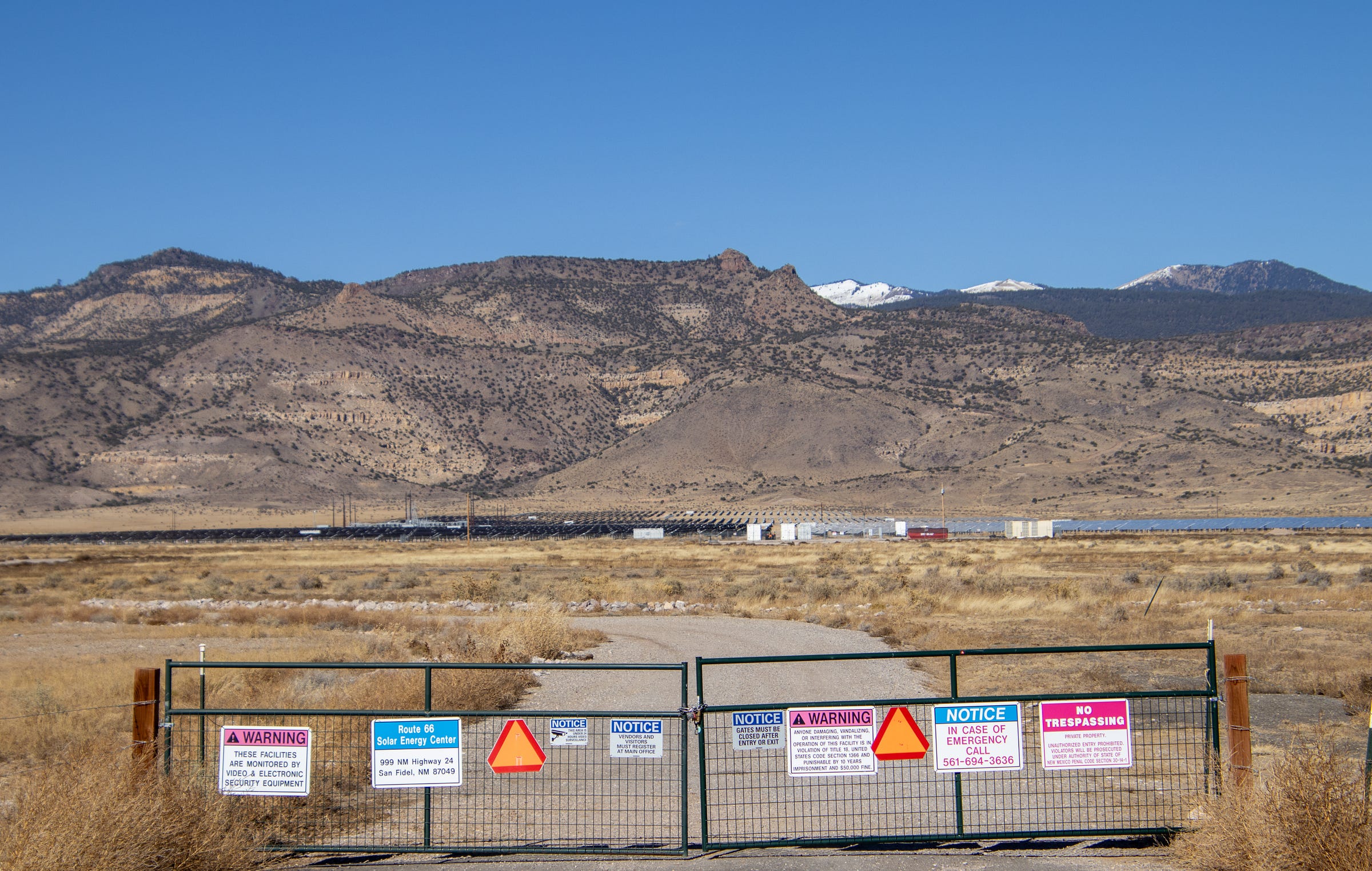Trump's war on energy
If we're in an energy emergency, why kill the cleanest, best, and fastest growing sources?
🌵 Public Lands 🌲
During both the Obama and Biden presidencies, Republicans and the fossil fuel industry often accused the administration of waging a “war on energy.” It was a demonstrably false allegation. The most either of the Democrats did to attack the energy indu…
Keep reading with a 7-day free trial
Subscribe to The Land Desk to keep reading this post and get 7 days of free access to the full post archives.


